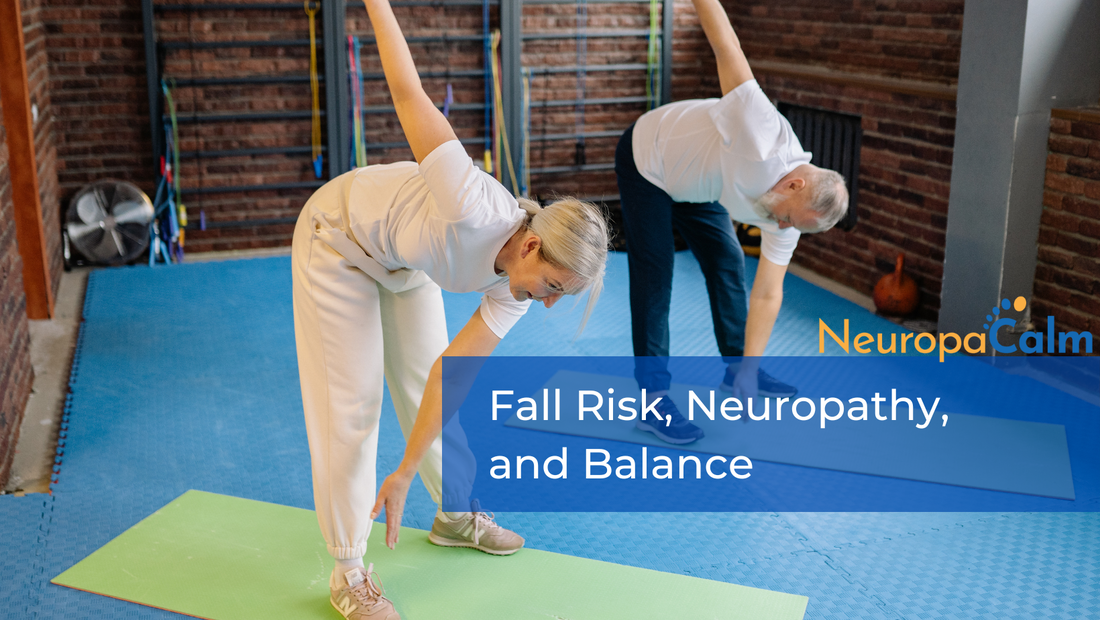|
Patients suffering from diabetes and peripheral neuropathy often experience loss of sensation in their arms and legs. A decrease in feeling can lead to increased concerns about fall risk, which, in turn, can contribute to inactivity and instability. This vicious cycle, whereby patients limit their physical activity to avoid falling, can translate into loss of muscle mass and decreases in strength and coordination, too. The consequences of moving less often involve more falls and falls of greater severity.
When it comes to balance and neuropathy, concern about falling often directly correlates with the number of steps taken per day and the duration of walking sessions. For example, those least concerned about stumbling enjoy 50 percent more walking sessions and step counts than their counterparts who rate their balance as shakier, per Sensors. Here’s what you need to know about neuropathy and balance to help your patients stay more active and independent.
0 Comments
One of the most common neurological disorders, peripheral neuropathy affects between 25 to 30 percent of Americans (via the Cleveland Clinic). Despite these stats, neuropathy often goes misdiagnosed and undertreated. What’s more, evaluation for the disease can prove expensive and extensive, and it often fails to address the underlying causes of the condition, per JAMA Internal Medicine.
There are many reasons for these diagnosis issues, including the variability and bewildering array of symptoms associated with peripheral neuropathy. For this reason, medical professionals may hesitate to make a diagnosis. But it doesn’t have to be this way, and your customers don’t have to fall through the cracks. Keep reading to find out more about diagnosis and peripheral neuropathy treatment. |
|
NeuropaCalm® name and logo are registered trademarks. © 2024 NeuropaCalm
PRIVACY POLICY REPAIRS |
Site powered by Good Ink
|



 RSS Feed
RSS Feed
